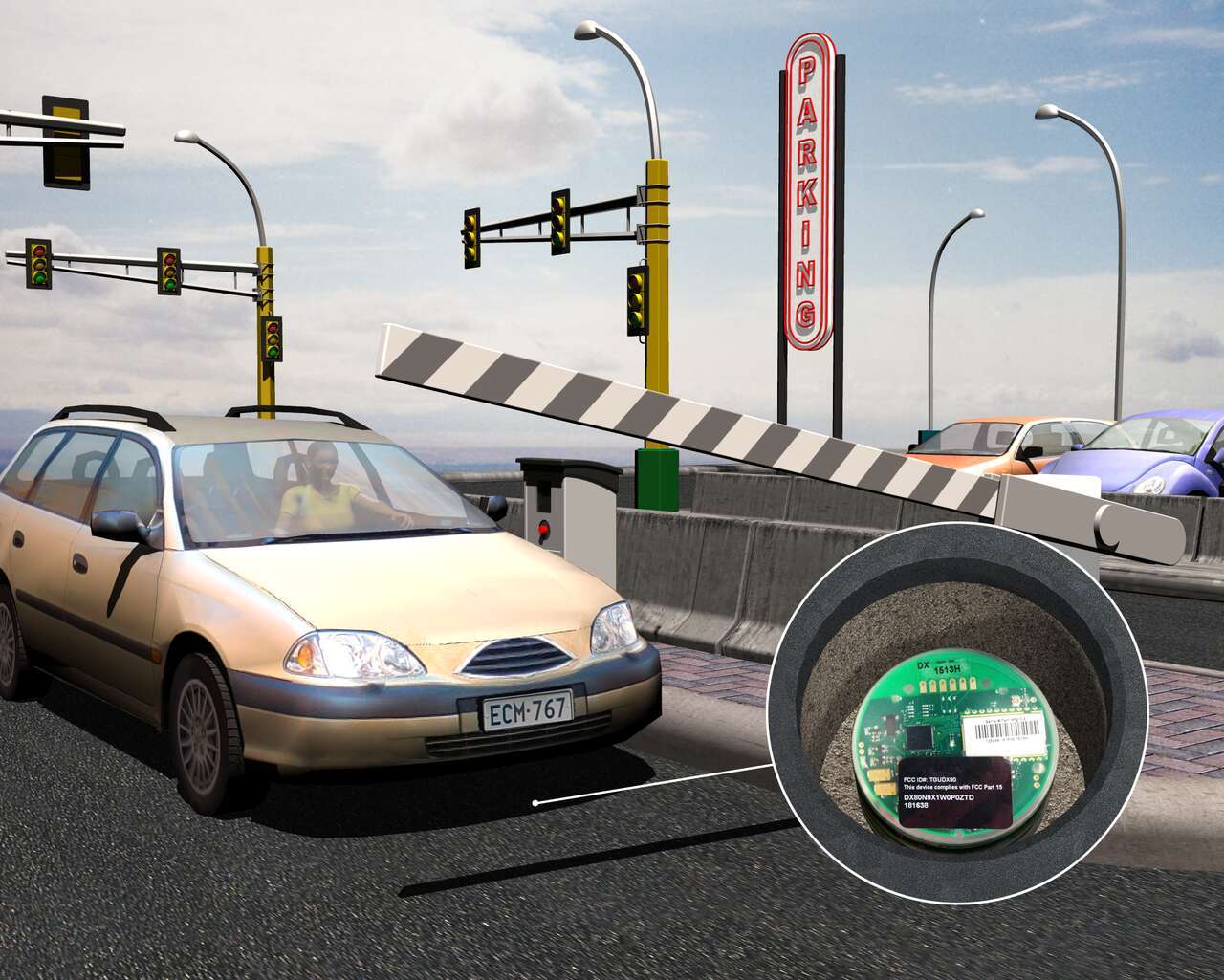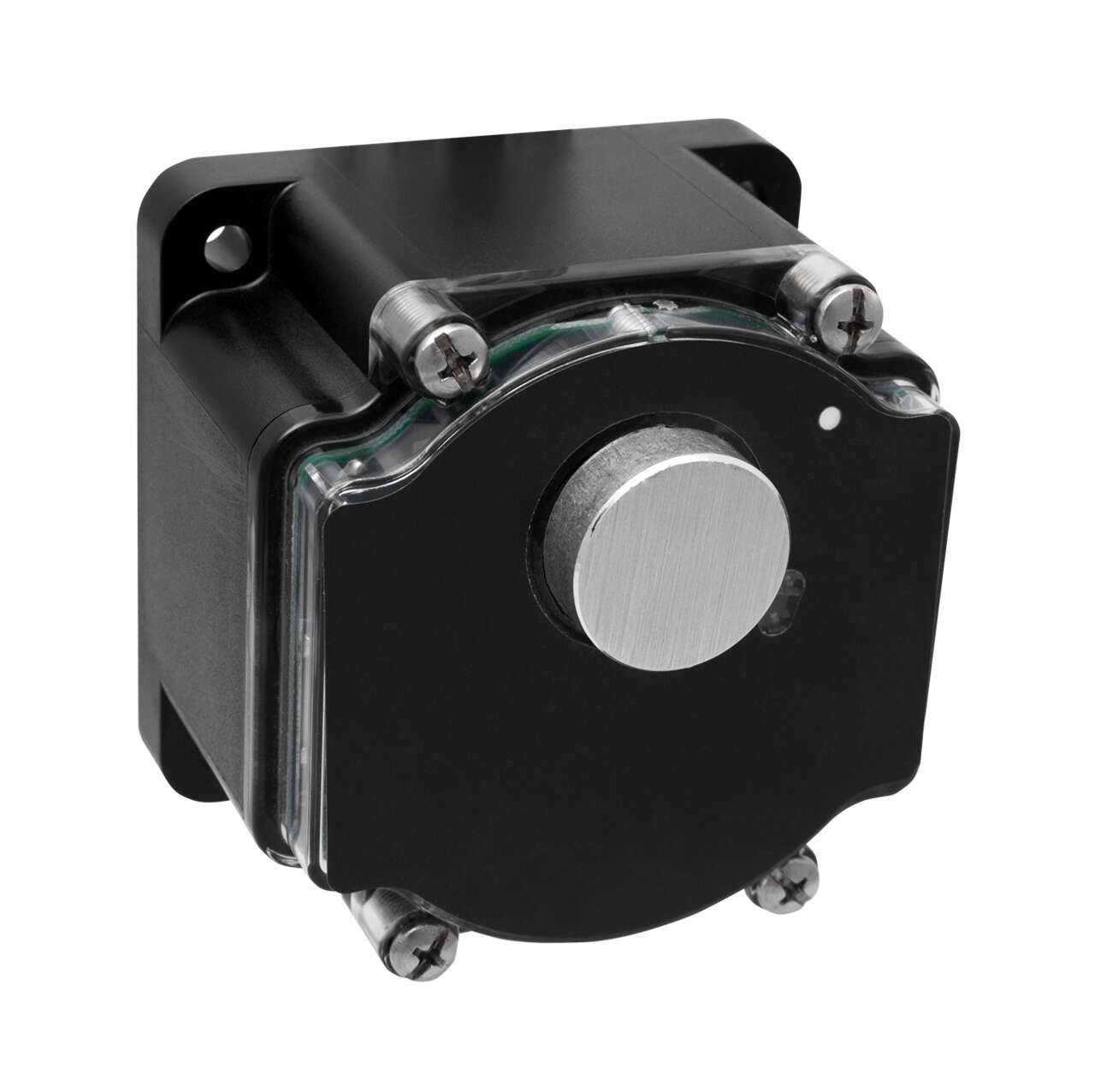Vehicle Detection for Traffic and Parking
Enhance Mobility and Alleviate Parking Concerns
Vehicle detection solutions for traffic control and parking help communities and businesses implement parking guidance tools, ride sharing programs, and intelligent transportation systems (ITS) that help enhance mobility and alleviate parking concerns.
Keep reading to learn how vehicle detection solutions can benefit your parking facility.
Each parking application is unique, from off-street parking to underground parking to complex facilities with a combination of parking lots, ramps, or underground garages.
Many parking applications depend on accurate vehicle counting to reliably verify when a garage is full, many require reliable sensing in order to activate a pay station, and many can benefit from systems that direct drivers to available parking spots.
It is therefore important to match the right technology to meet the demands of the application. Some technologies, like ultrasonic sensors, are best suited for covered parking applications where they are sheltered from the elements that can negatively impract sensing function.
Other technologies, like wireless magnetometers, excel in harsh outdoor conditions. In some cases, an application could benefit from multiple redundant technologies to achieve the desired level of precise detection.
Contact an engineer to disucss your specific applicaiton with an expert.
Vehicle Detection at a Shopping Center
Application: Reduce vehicle congenstion and encourage customers to stay by making it easy to find available parking spaces.
Challenges: Prolonged searches and long waits for parking spaces has a negative correlation with time and money spent at the center, as well as on overall customer experience and the frequency or likelihood of return visits.
Solution: Working with a local integrator, a dynamic parking guidance system was implemented at the center to clearly show where parking is available. The system uses a variety of Banner vehicle detection sensors deployed in a SureCross® wireless network.
Benefits: Implementing a parking guidance system made it easier for motorists to access the shopping center and improved their overall experience. Less time spent looking for available parking translates into visitors spending more time and money at the center.
Vehicle Detection for Street Parking
Application: Detecting the presence of shared electric cars at a charging station is necessary to prevent non-permitted vehicles from parking at these stations.
Challenges: The outdoor environment can be challenging for many vehicle sensing technologies. Vandalism is also a risk due to the public location.
Solution: A high sensitivity radar sensor detects the presence of vehicles at a charging station. If the car is not plugged into the charging station, a signal is sent to a central location, alerting authorities to remove the vehicle if necessary.
Benefits: Radar sensors are not affected by weather conditions, ensuring reliable performance in all seasons. The sensor can be installed inside the charging station to reduce the risk of vandalism.
Vehicle Detection for Indoor Parking
Application: Helping motorists to quickly find available parking can minimize traffic congestion and vehicle emissions in confined and enclosed underground parking garages.
Challenges: The diverse configurations of underground facilities can challenge the effectiveness of many parking guidance systems. Wired systems are costly and require significant work under the concrete.
Solution: A wireless system of sensors and indicators a simple, cost-effective solution that enables motorists to quickly find available parking in underground parking facilities. Wireless ultrasonic sensors detect whether a vehicle is present in a parking spot, and wireless indicator lights visually direct drivers to available stalls.
Benefits: Ultrasonic sneosrs can be mounted directly on the ceiling of a parking garage to identify the presence of a car in the parking space below. Furthermore, a wireless solution enables rapid deployment in any parking facility with minimal downtime and no costly cable runs.
Wireless Magnetometer
Le capteur M-GAGE utilise une technologie de détection passive pour repérer les objets ferreux de grande taille, par exemple les véhicules. Le M-GAGE peut remplacer les systèmes à boucle inductive et n'a pas besoin d'un boîtier de commande externe.
- Conçu pour minimiser les effets des variations de température et des champs magnétiques instables
- Le capteur apprend le bruit de fond ambiant et enregistre ses réglages dans une mémoire permanente
- Technologie FlexPower alimentée par une batterie primaire au lithium intégrée au boîtier
- L’émetteur-récepteur permet une communication bidirectionnelle entre la passerelle et le nœud, y compris une transmission des données à validation intégrale.
- Le boîtier encapsulé et étanche contient la source d’alimentation, le capteur et l’antenne pour une solution sans fil complète
Wireless Ultrasonic Node
Le nœud de détection à ultrasons sans fil convient parfaitement aux applications de détection dans les parkings couverts.
- Il peut être monté directement au plafond d'un parking pour détecter la présence d'une voiture dans la place de stationnement situé en-dessous.
- Il détecte les objets jusqu'à une distance de 4 m.
- La batterie au lithium D intégrée réduit le coût de l'installation dans la mesure où la solution ne nécessite pas de câblage.
- Compensation de température grâce à une fonction de mesure de la température embarquée.
- L’émetteur-récepteur permet une communication bidirectionnelle entre la passerelle et le nœud, y compris une transmission des données à validation intégrale.
- Le boîtier contient la batterie, le capteur et l'antenne pour une solution sans fil complète et robuste, homologuée IP67, NEMA 6.
Radar Sensor for Vehicle Detection
Capteurs radar haute sensibilité, parfaits pour éviter les collisions sur les machines de manutention mobiles, comme les gerbeurs, les chariots élévateurs et les véhicules miniers.
- Radar FMCW (onde continue à fréquence modulée) de quatrième génération qui détecte les objets stationnaires et en mouvement
- Meilleure sensibilité et portée supérieure
- Champ de détection réglable — ignore les objets au-delà de la consigne
- Installation et configuration aisées de la portée, de la sensibilité et de la sortie au moyen de simples interrupteurs DIP
- Fonctions de détection non affectées par le vent, la pluie, la neige, le brouillard, l'humidité, la température ambiante ou la lumière
- Capteur conçu pour fonctionner dans la bande de fréquence des télécommunications industrielles, scientifiques et médicales - aucune licence spéciale requise
- Boîtier IP67 robuste, adapté aux environnements difficiles











![Mesure de la durée avant départ pendant les interventions [Exemple de réussite]](/content/dam/banner-engineering/3d-renders/application-notes/wcc-migration/2014/R-GAGE-Vehicle-Detection---Firehouse.psd/jcr:content/renditions/cq5dam.thumbnail.319.319.png)


![Un centre commercial dirige les véhicules des visiteurs vers les places de parking disponibles [Exemple de réussite]](/content/dam/banner-engineering/photography/general---stock-photography/valueprop/edited/wcc-migration/2015/kiosks_alt.jpg/jcr:content/renditions/cq5dam.thumbnail.319.319.png)
